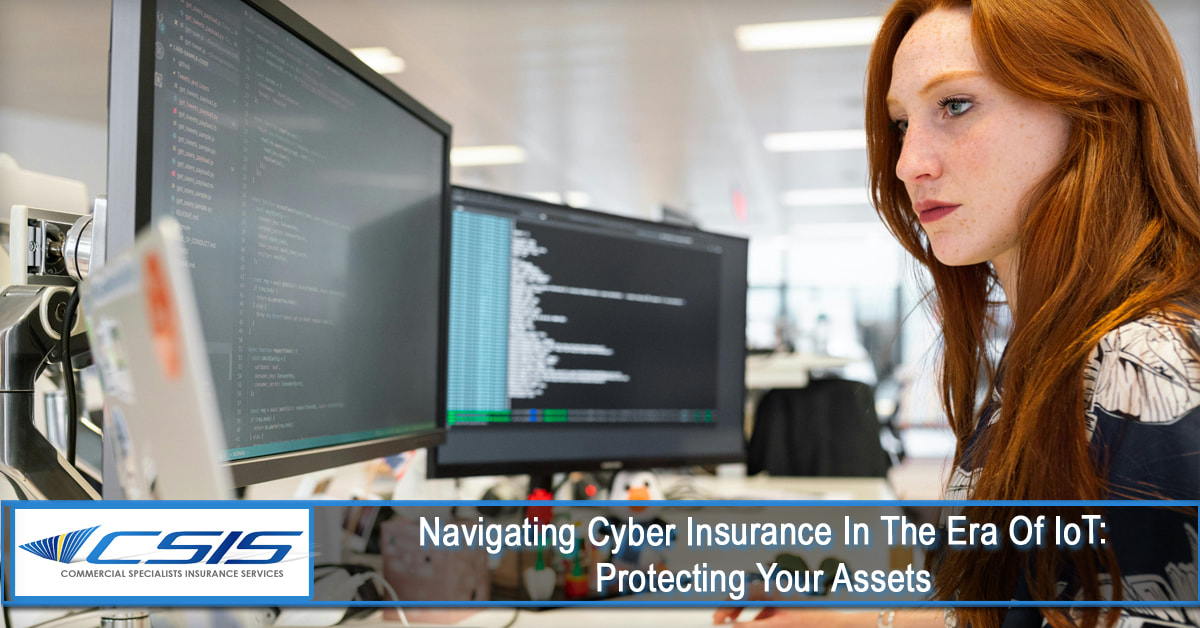CSIS Insurance Services, Inc. Blog |
|
Cybercrime has evolved significantly since the early days of the internet. Initially, cybercriminals were often motivated by curiosity or the desire to show off their technical skills. Over time, their tactics have grown more sophisticated and financially driven, targeting individuals, businesses, and even governments. Understanding the history and progression of cybercrime helps us grasp the complexities of modern threats and the importance of robust cybersecurity measures.
0 Comments
Social media platforms have become integral parts of our daily lives, facilitating communication, connection, and information sharing on a global scale. However, along with their benefits, social media platforms also face significant cyber threats, including the spread of fake news and concerns about user privacy and data security. As users increasingly rely on social media for news and information, the dissemination of misinformation and the misuse of personal data pose serious risks to individuals, businesses, and society as a whole. In this article, we'll explore the cyber threats facing social media platforms, the impact of fake news and privacy concerns, and strategies for addressing these challenges to safeguard user trust and security.
In today's interconnected world, cyber warfare has emerged as a significant threat, with governments and malicious actors leveraging digital tools and techniques to launch attacks against critical infrastructure, businesses, and individuals. Cyber warfare encompasses a wide range of malicious activities, including hacking, espionage, sabotage, and disinformation campaigns, posing serious risks to national security, economic stability, and personal privacy. Understanding the dynamics of the digital battlefield is essential for organizations and individuals to protect themselves against cyber threats and mitigate the potential impact of cyber warfare attacks.
In an increasingly digital world, financial institutions are at the forefront of technological innovation and data management. However, this digital evolution also exposes them to various cyber risks and threats. Cyberattacks, data breaches, and ransomware incidents can have significant financial and reputational consequences. To mitigate these risks, financial institutions are turning to Cyber Insurance as an essential component of their risk management strategy.
In today's digital age, our lives are increasingly intertwined with the online world. While the internet offers countless benefits, it also comes with risks such as cyber threats and data breaches. To protect your personal information and digital assets, practicing good cyber hygiene is essential. In this article, we'll explore fundamental cyber hygiene practices that can help you stay safe online and protect your digital life.
The Internet of Things (IoT) has rapidly transformed the way we live and work, bringing convenience, efficiency, and innovation to various aspects of our daily lives. However, along with the countless benefits IoT offers, it also introduces new and unique challenges, especially when it comes to cybersecurity. For insurance agents and agencies, understanding the intersection of IoT and cyber insurance is becoming increasingly important.
In an era where businesses increasingly rely on technology to maintain competitiveness, it's no surprise that the threat of cyberattacks looms large. Cybercriminals employ a variety of tactics, including phishing emails, malware, and social engineering, to launch devastating attacks that can lead to substantial financial losses and irreparable damage to a company's reputation.
Regrettably, many small and medium-sized businesses find themselves ill-equipped to defend against these evolving threats due to limited resources and expertise. This is where cyber insurance steps in to provide a vital safety net. Cyber insurance is a specialized policy designed to help small businesses mitigate the risks associated with the ever-growing threat of cyberattacks, phishing scams, and data breaches. This type of insurance offers a safety net that covers various expenses related to cyber incidents. In this article, we'll delve into the six key benefits that cyber insurance provides to your business.
Cyber insurance has become increasingly essential in today's digital age, as it provides protection against a wide range of cyber risks and threats. If your business relies on storing sensitive data online or on computers, investing in at least basic cyber insurance coverage is crucial to safeguard your operations and financial well-being.
In an increasingly digitized world, the threat of cybercrime, particularly ransomware attacks, looms large. Ransomware is not just a nuisance; it's a sophisticated form of cybercrime that infiltrates critical systems, encrypts vital files, and demands a ransom in exchange for restoring access. In the business world of Thousand Oaks, CA, where data is the lifeblood of many enterprises, the implications of a ransomware attack can be dire.
|
Contact Us(888) 501-2747 Archives
July 2024
Categories
All
|
California License Number: 0D80851
Navigation |
Connect With UsShare This Page |
Contact UsCSIS Insurance Services, Inc.
3315 Old Conejo Road Thousand Oaks, CA 91320 (888) 501-2747 Click Here to Email Us |
Location |
Website by InsuranceSplash











 RSS Feed
RSS Feed